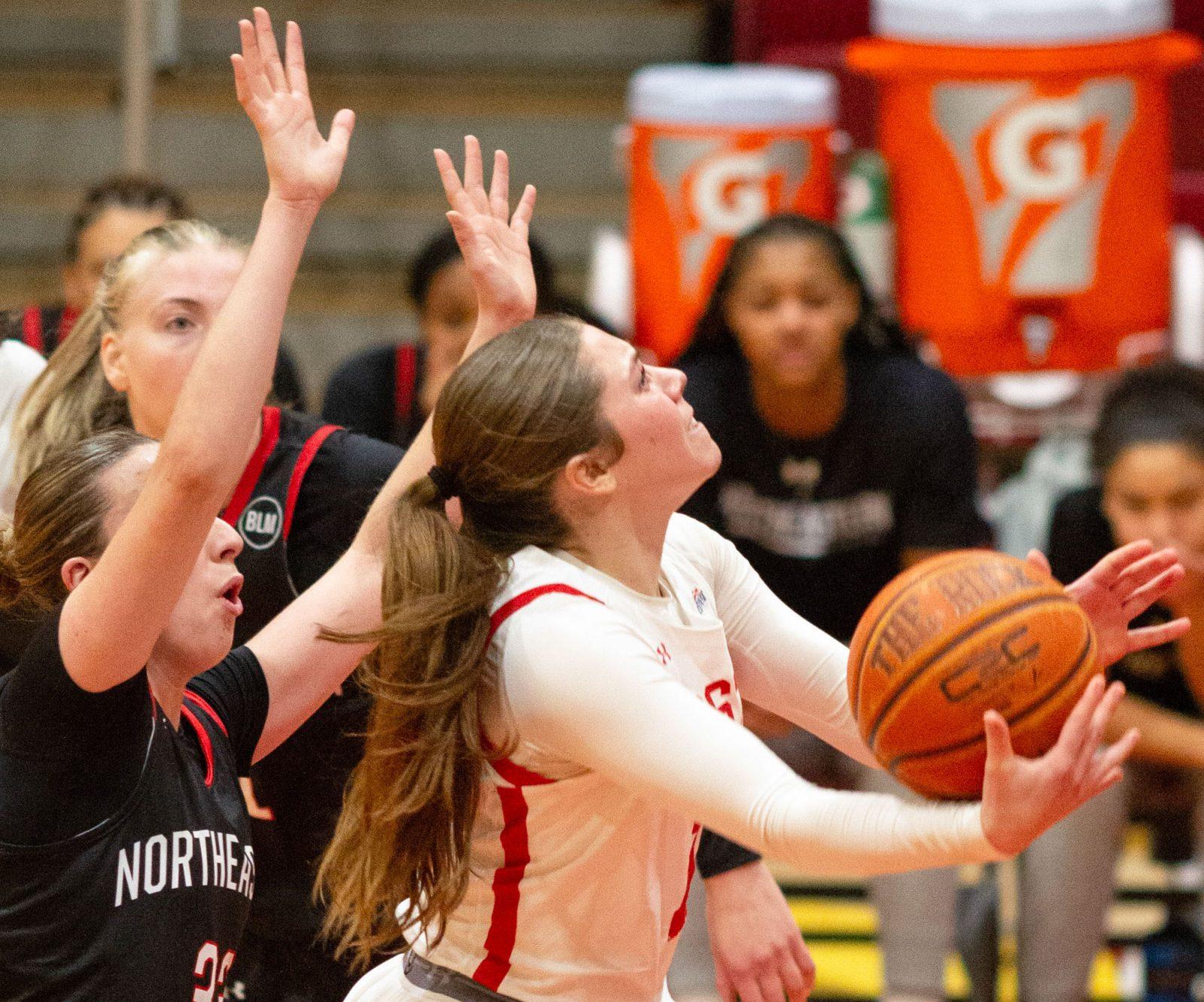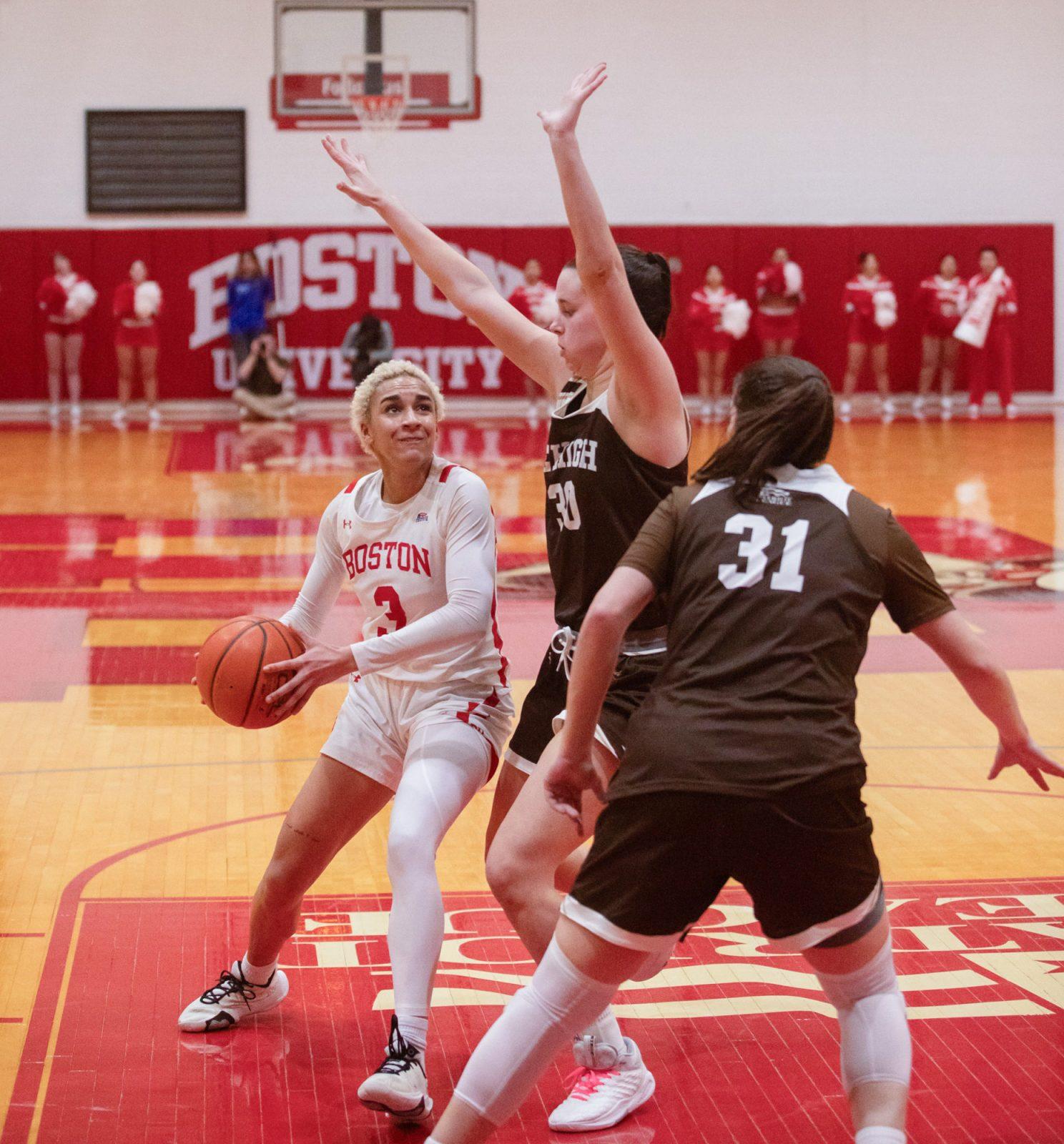Craig Meyer (COM ’12) was Fall 2011 Sports Editor for The Daily Free Press. He now covers Robert Morris University basketball and high school sports for the Pittsburgh Post-Gazette.
Sitting in my car in the sweltering early-August heat, I thought of Terrelle Pryor.
Not even two hours earlier, news broke that Johnny Manziel, the reigning Heisman Trophy winner, had allegedly accepted cash benefits in exchange for autographs. As questions surrounding Manziel’s eligibility were raised, so were sympathetic pleas from members of the media and general public. Even if it was against NCAA rules, why couldn’t he make money off of his self-made reputation?
Two years before that, Pryor was caught in a similar situation, but the then-Ohio State star did not elicit anywhere near the same level of support. One page-view-starved Fox Sports columnist even went so far as to label him a “football terrorist.”
Sure, their predicaments weren’t identical — Manziel’s was for straight cash whereas Pryor exchanged memorabilia for free tattoos — but the premise was the same.
So what exactly changed? After all, if one of them should have garnered empathy, it should have been Pryor, an underprivileged African-American from blue-collar Jeannette, Pa., not Manziel, the entitled product of a Texas oil fortune.
If anything, the varying reactions to these cases highlight a rapid shift in how people view the ideal of amateurism in college sports.
Academics such as Taylor Branch have meticulously outlined what they view as an unfair system rigged against the athletes. ESPN commentator (and lawyer) Jay Bilas has used Twitter as an effective platform to rail against it. Even legions of crusty, get-off-my-lawn columnists have joined the fray against the NCAA.
This debate, however, is generally limited in scope and centered around a small percentage of marquee programs, the ones where athletes win Heisman trophies, play in front of sellout crowds in palatial venues and fatten the already-swelling pockets of the schools they represent.
But what about a school like BU? Successful as some of its teams may be, a majority of Terrier athletes play in relative anonymity at a university with an athletically apathetic student body.
Still, just because they don’t receive the same adoration as someone such as Manziel, BU athletes should be entitled to a number of reforms that it is beyond time for the NCAA to enact.
The first is something regularly espoused by the likes of Bilas — the so-called Olympic model. Until the 1970s, the International Olympic Committee clung to the same outdated ideal of amateurism. Eventually, the IOC abandoned that rule and now we see Michael Phelps and Usain Bolt justifiably trade in their fame for seven-figure endorsement deals.
Granted, almost no BU athlete could command anything lavish for their likeness. But say T. Anthony’s wants to put BU hockey sophomore forward Danny O’Regan on an advertisement to help it sell more slices — why shouldn’t he be able to get some monetary compensation coming off a stellar freshman season? Or why can’t wunderkind Terriers point guard Maurice Watson Jr. accept some money if a fan wants to pay for an autograph from the rising star?
These athletes, through their skill and hard work, have created a value for themselves and their programs, so why should they be barred from getting paid from someone not directly involved with the program?
Since it’s not feasible for schools to pay the athletes directly — only about 20 to 25 Division I athletic departments actually turn a profit — the Olympic model exists as a nice alternative.
But still, there’s more that needs to change.
Look no further than the long-established rule that forces athletes to sit out a season if they transfer. In principle, the rule is meant to deter players from leaving schools on a whim. But in the current collegiate landscape, it exists as a fundamentally inequitable and hypocritical statute.
The sort of movement the NCAA tried to prevent from players runs rampant among multi-million-dollar coaches in football and basketball, perhaps best exemplified by Arizona State football coach Todd Graham, who at one point had coached at three different schools in the span of 338 days.
Meanwhile, the athletes don’t have that sort of luxury. A basketball player that I covered in college, Patrick Hazel, played for four different coaches in his four years of eligibility at BU and Marquette University. Two of his coaches left for better, higher-paying jobs elsewhere. Tom Crean went to Indiana University and Pat Chambers moved to Penn State University. Hazel was effectively punished for doing what his coaches did, which was pursuing more appealing options in the face of changing circumstances.
And these sorts of measures are only the start of what could be a wider sea change brought about by a lawsuit from former UCLA basketball star Ed O’Bannon.
While the NCAA has become an easy punching bag, many of the criticisms of it are warranted or, at the very least, worth considering.
What was established as a regulatory body with admirable intentions has become an antiquated entity, one that hasn’t adjusted to the increased popularity of its major sports and the influx of millions of dollars that comes with it.
Some argue that college athletes have enough already, between the amenities and the ability to graduate debt-free. Those points are valid, but while I don’t particularly enjoy paying off my student loans, I had a mediocre jump shot and a 40 time over five seconds.
Yes, NCAA athletes get more than the average student, but even if a system isn’t entirely broken, that doesn’t mean that it can’t be fixed.
It was a reality that too many overlooked a couple of years ago while Pryor was eviscerated. For all of his antics, Manziel has forced people to reassess the situations of the athletes they cheer.
And though work still remains, that’s not a bad place to start.























































































































